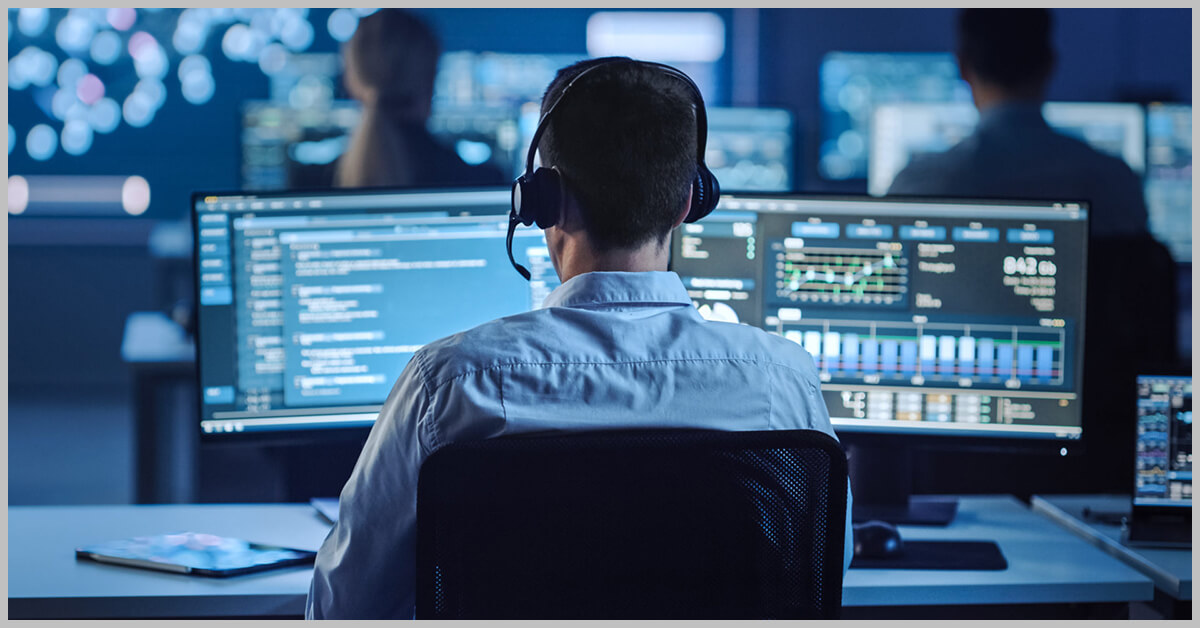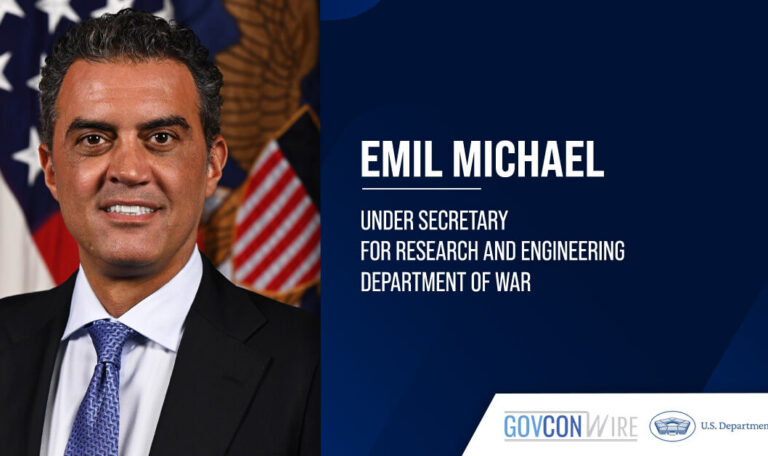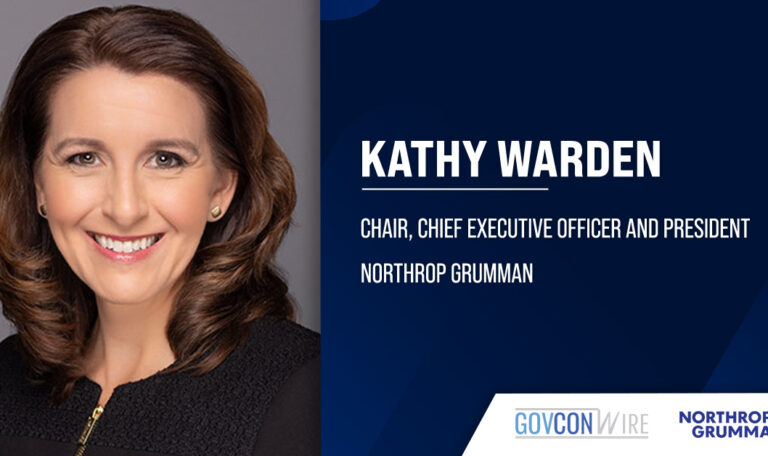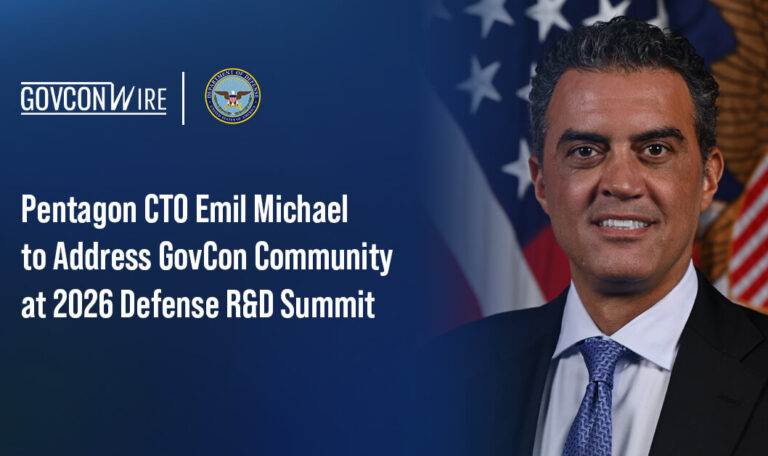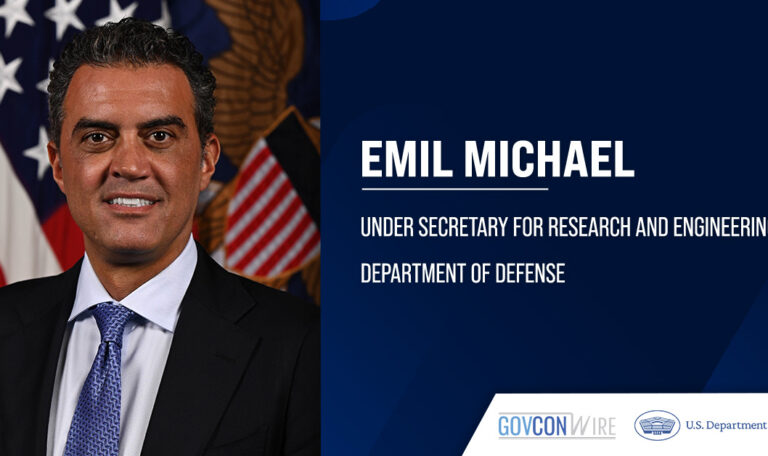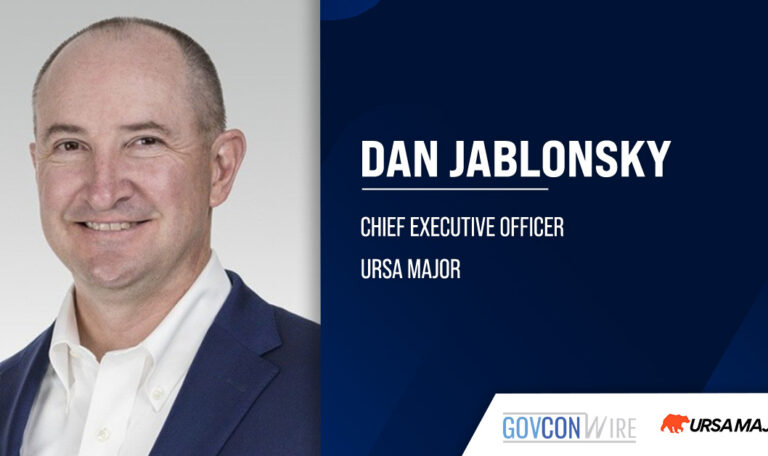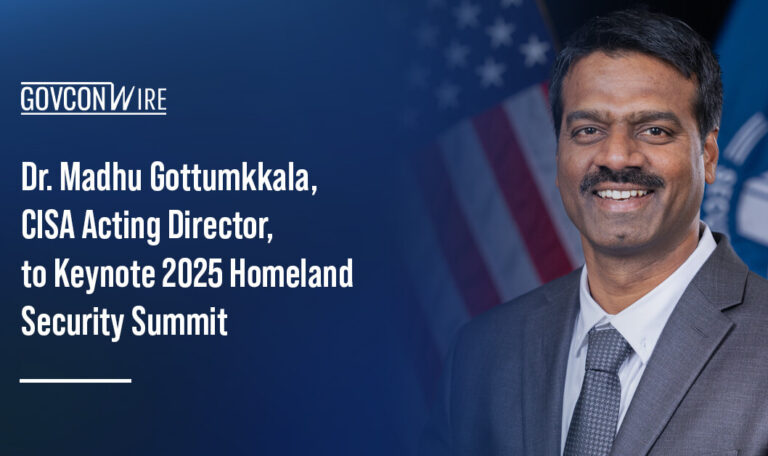Electronic warfare is a central aspect of the conflict between Russia and Ukraine. Both nations are utilizing cyberattacks, jamming and various other digital aggression tactics to sow disorder on the battlefield and create an advantage. According to top U.S. Army officials, the U.S. sees this demonstration as an indication that it must ramp up and strengthen its EW capabilities.

“Everything that we are seeing in Ukraine has implications for a unified network, and almost certainly represents the type of threats we will see,” stated Lt. Gen. Maria Gervais, deputy commanding general and chief of staff for the U.S. Army Training and Doctrine Command, at the Aug. 2022 AFCEA TechNet Augusta conference.
Gervais’ comments are a reference to the U.S. Department of Defense’s ongoing effort to establish a data-sharing platform that is aimed to create efficient lines of communication between warfighters on land, in the air, at sea, in space and in the cyber realm, dubbed Joint All-Domain Command and Control.
“A unified network gives our force the ability to succeed in volatile, congested, contested environments, in order to be successful on the battlefield of tomorrow,” Gervais said.
If you are interested in the ins and outs of EW and its current day resonances in the Russian invasion of Ukraine, look no further than the upcoming ExecutiveBiz event, the Electronic Warfare Forum. It will be hosted virtually on Jan. 19 from 1 p.m. to 3 p.m. and you can register here. Lt. Gen. Gervais will be delivering the keynote address.
EW is defined as “a fight for control of the [electromagnetic] spectrum, which militaries use for situational awareness, communications, weapons guidance and more,” according to C4ISRNET. In the current conflict in Ukraine, Gervais says Russian forces are shutting down Ukrainian technologies like drones and radars through their cyber attacks.
Per Gervais, the Army is currently focusing on developing and incorporating EW prevention measures such as opposing cyber force solutions and direct injection jammers to prepare for future, digitally-based threats. She also noted that the service branch is intensifying its training to help warfighters minimize their electromagnetic signature, which is the amount of electromagnetic power an entity is emitting. Reportedly, due to their breadth, the Army’s communications put out a lot of signatures, on which they are attempting to cut back and refine.
The Army is also constructing a set of capabilities that personnel may use to wage EW. Two recent additions are the Multi-Domain Sensing System, which gathers and transfers data from far-off environments, and the Terrestrial Layer System, which also carries out sensing at long distances, but from the ground. (Lockheed Martin and General Dynamics Mission Systems won $163 million worth of contract awards in August 2022 to design and furnish the Terrestrial Layer System tool)
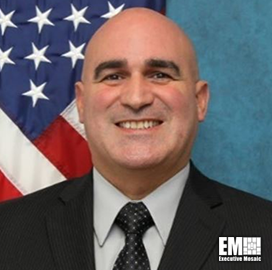
William Utroska, deputy project manager for EW and cyber for the Department of the Army, considers the two aforementioned technologies as complementary and attests that users will be able to deploy them in tandem. Utroska will be a panelist at the upcoming Electronic Warfare Forum.
The DOA EW leader additionally predicted that the pair of tools will be instrumental in the Army’s achievement of JADC2 over the course of the next decade, and said the branch plans to integrate its EW capabilities with its networks.
“That network is going to be important for us to get data from sensors to the commander quicker, and then allows us to process that to support non kinetic effects, non-lethal effects, and delivering [radio frequency] cyber offense as well,” Utroska shared.

If you are curious about these topics and want to gain a deeper understanding of electronic warfare’s rapidly increasing importance in military strategy (both domestic and abroad), register here for the virtual Electronic Warfare Forum. It will be held on Jan. 19 from 1 p.m. to 3 p.m.
At the forum, Utroska will converse with the Defense Information Systems Agency’s Col. Kevin Finch and C3.AI’s Martin Klein in a panel discussion, after Lt. Gen. Gervais dispatches her keynote address.


